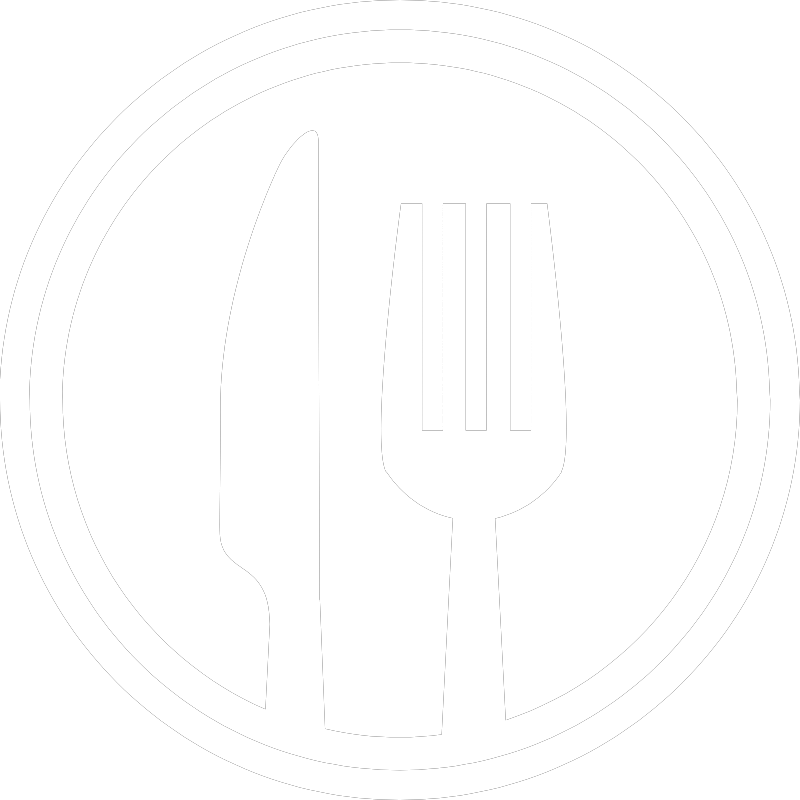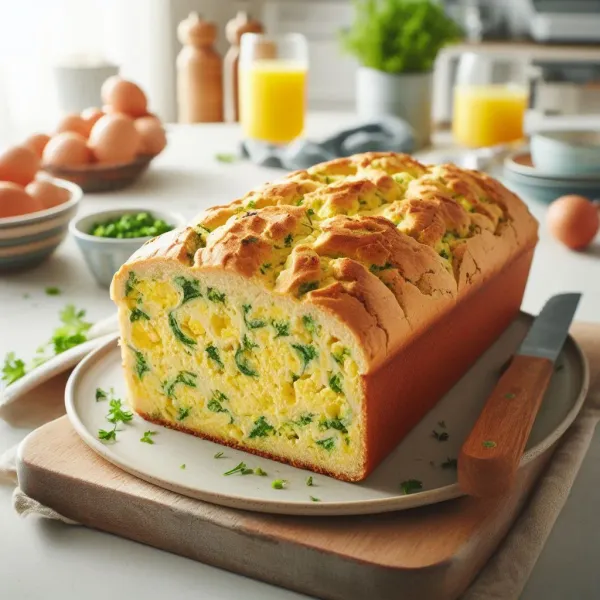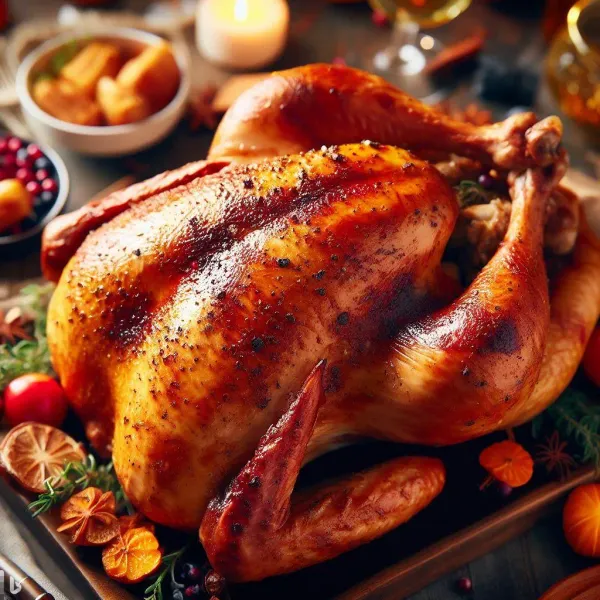An Introduction to Culinary Flavor Extraction Techniques
Extracting flavors from foods using various chemical methods opens up an exciting realm of possibilities for creative cooking. While advanced techniques require lab training, home cooks can still explore several accessible flavor extraction methods.
Common Flavor Extraction Methods
Infusion - Soaking foods in oil, alcohol, vinegar or water draws out flavors. Examples: herb oils, infused spirits.
Fat Washing - Washing neutral fats like milk or oils with intense ingredients to absorb flavors. Example: bourbon-washed butter.
Juicing - Pressing produce to mechanically separate flavorful juice from fibrous material. From fruits to vegetables.
Steeping - Similar to infusion, but typically using higher heat to quickly extract flavors into water or cream. Example: brewing tea.
Tincture - Using high-proof alcohol to efficiently extract compounds from plant material. Example: vanilla or chili pepper tinctures.
Studying Advanced Culinary Chemistry
Those seeking to dive deeper into molecular gastronomy and food science can look into culinary programs at schools like the Institute of Culinary Education or Harvard’s Science and Cooking public course. Textbooks like “Modernist Cuisine” also cover the science behind flavor extraction extensively.
For home cooks, experimenting with basic infusions is a fun way to start exploring the possibilities of extracted flavors. Just remember to document your work!





